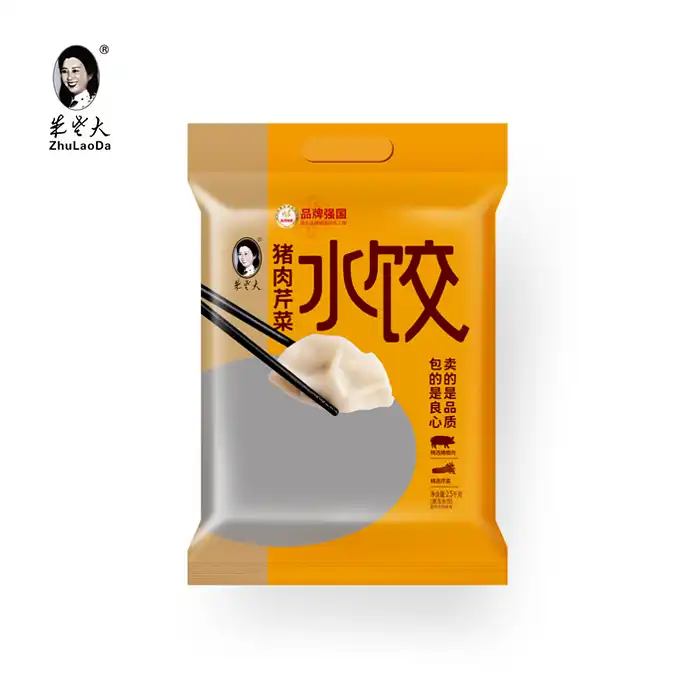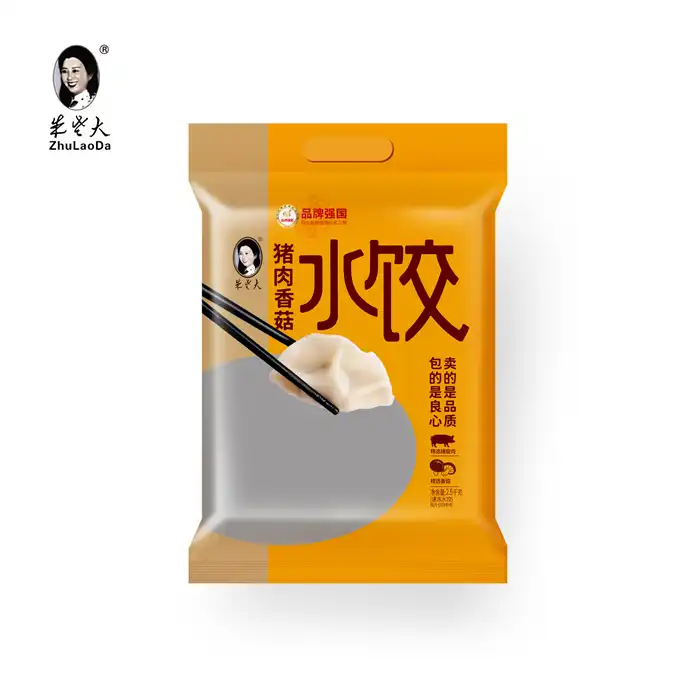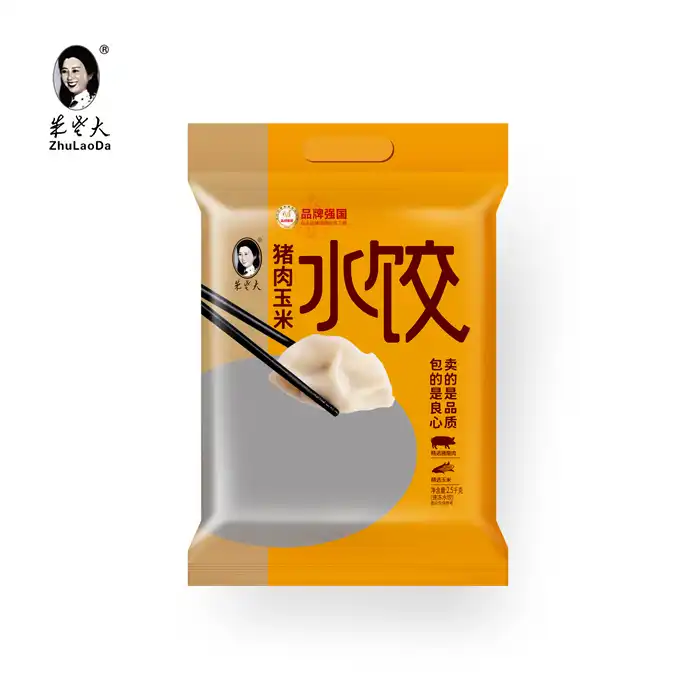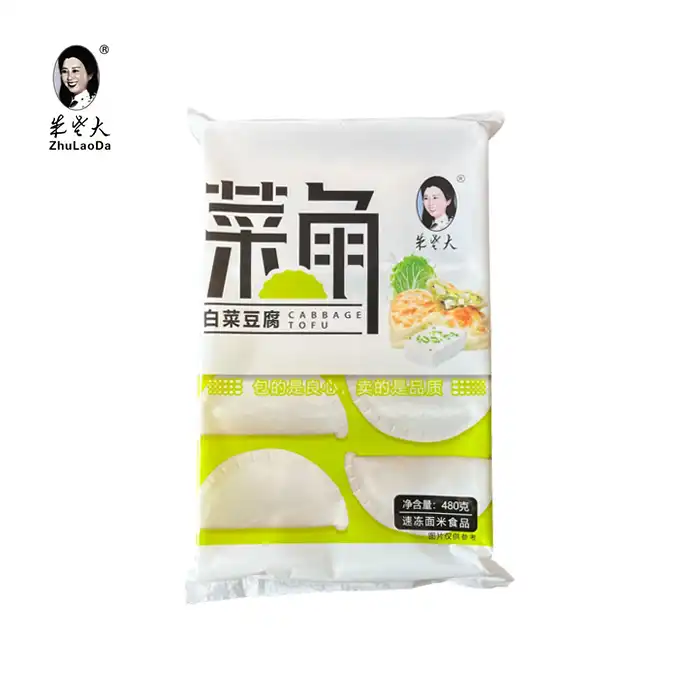- English
- French
- German
- Portuguese
- Spanish
- Russian
- Japanese
- Korean
- Arabic
- Greek
- German
- Turkish
- Italian
- Danish
- Romanian
- Indonesian
- Czech
- Afrikaans
- Swedish
- Polish
- Basque
- Catalan
- Esperanto
- Hindi
- Lao
- Albanian
- Amharic
- Armenian
- Azerbaijani
- Belarusian
- Bengali
- Bosnian
- Bulgarian
- Cebuano
- Chichewa
- Corsican
- Croatian
- Dutch
- Estonian
- Filipino
- Finnish
- Frisian
- Galician
- Georgian
- Gujarati
- Haitian
- Hausa
- Hawaiian
- Hebrew
- Hmong
- Hungarian
- Icelandic
- Igbo
- Javanese
- Kannada
- Kazakh
- Khmer
- Kurdish
- Kyrgyz
- Latin
- Latvian
- Lithuanian
- Luxembou..
- Macedonian
- Malagasy
- Malay
- Malayalam
- Maltese
- Maori
- Marathi
- Mongolian
- Burmese
- Nepali
- Norwegian
- Pashto
- Persian
- Punjabi
- Serbian
- Sesotho
- Sinhala
- Slovak
- Slovenian
- Somali
- Samoan
- Scots Gaelic
- Shona
- Sindhi
- Sundanese
- Swahili
- Tajik
- Tamil
- Telugu
- Thai
- Ukrainian
- Urdu
- Uzbek
- Vietnamese
- Welsh
- Xhosa
- Yiddish
- Yoruba
- Zulu
Can you freeze pork and celery dumplings?
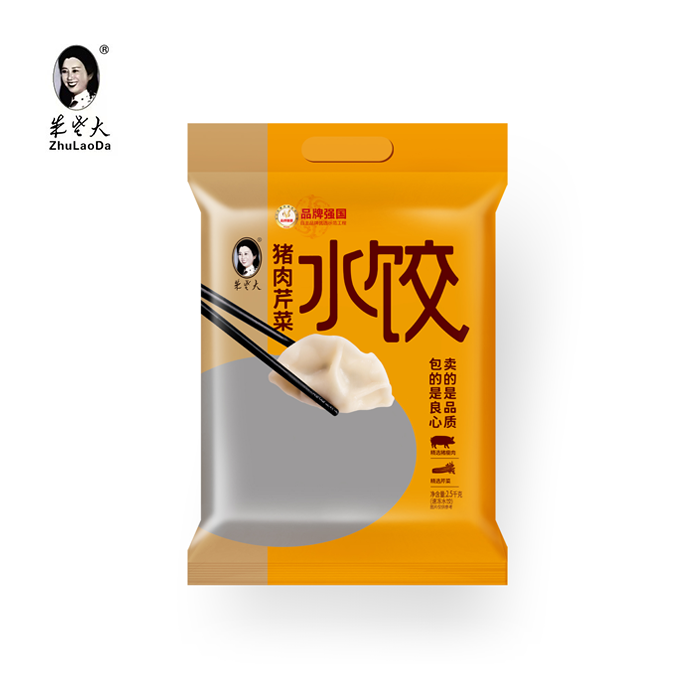
Freezing pork and celery dumplings is not only conceivable but also highly suggested for protecting their freshness and flavor. These scrumptious pieces, with their savory filling of succulent pork and crisp celery, are ideal candidates for solidifying. The preparation really helps keep up their surface and taste, making them a perfect make-ahead dinner choice. When appropriately stored in sealed-shut containers or cooler sacks at temperatures below -18°C (0°F), pork and celery dumplings can retain their quality for up to 12 months. This solidifying strategy permits you to enjoy these scrumptious treats whenever the longing strikes, without compromising on taste or nutritional esteem.
The Art of Freezing Pork and Celery Dumplings
Preparing Dumplings for Freezing
Before embarking on the solidifying preparation, it's significant to plan your pork and celery dumplings appropriately. Begin by guaranteeing that your dumplings are completely cooled to room temperature if they've been recently cooked. This step avoids condensation from shaping the interior of the capacity holder, which could lead to ice crystals and potential freezer burn.
For uncooked dumplings, arrange them in a single layer on a baking sheet lined with parchment paper. Make sure they're not touching each other to avoid staying. Place the heating sheet in the freezer for approximately two hours, or until the dumplings are solidified strong. This flash-freezing method helps keep up the dumplings' shape and prevents them from clumping together during long-term capacity.
Proper Packaging Techniques
Once your pork and celery dumplings are frozen solid, it's time to package them for long-term capacity. Transfer the solidified dumplings into airtight holders or heavy-duty cooler packs. If utilizing packs, be sure to crush out as much disc as conceivable before fixing to minimize the chance of freezer burn.
For a homemade flavor that remains new, it's fundamental to take the right steps in preserving your dumplings. For added security, you might consider double-bagging the dumplings or wrapping the container in aluminum foil. This additional layer helps shield the dumplings from retaining odors from other foods in the freezer and gives an additional obstruction against freezer burn, guaranteeing that your homemade dumplings hold their scrumptious, authentic taste when you're ready to appreciate them.
Labeling and Organization
Don't forget to label your containers or bags with the contents and the date of freezing. This simple step will help you keep track of how long the dumplings have been stored and ensure you use them within the recommended 12-month timeframe. Organizing your freezer with clearly labeled items also makes it easier to find what you need when the dumpling craving strikes.
Thawing and Cooking Frozen Pork and Celery Dumplings
Safe Thawing Methods
When you're ready to enjoy your frozen pork and celery dumplings, proper thawing is key to maintaining their quality. The safest method is to transfer the frozen dumplings to the refrigerator and allow them to thaw gradually overnight. This slow thawing process helps preserve the texture of both the wrapper and the filling.
If you're short on time, you can use the cold water method. Place the sealed bag of dumplings in a bowl of cold water, changing the water every 30 minutes until the dumplings are thawed. This method is faster than refrigerator thawing but requires more attention to ensure food safety.
Cooking Techniques for Optimal Flavor
Once thawed, pork and celery dumplings can be cooked using various methods. Boiling is a traditional approach that yields tender dumplings with a silky texture. Simply bring a pot of water to a boil, add the dumplings, and cook until they float to the surface, which usually takes about 3-5 minutes.
For a crispy exterior, pan-frying is an excellent option. Heat a tablespoon of oil in a non-stick pan over medium heat. Add the dumplings and cook until the bottoms are golden brown. Then, add a small amount of water to the pan, cover, and steam until the water evaporates and the dumplings are cooked through.
Steaming is another healthful method that preserves the delicate flavors of the pork and celery filling. Line a steamer basket with cabbage leaves or parchment paper to prevent sticking, arrange the dumplings in a single layer, and steam for about 6-8 minutes.
Enhancing Flavor with Dipping Sauces
To elevate your pork and celery dumplings, consider preparing a complementary dipping sauce. A classic combination of soy sauce, rice vinegar, and a touch of chili oil can accentuate the savory notes of the filling. For a zestier option, mix equal parts soy sauce and black vinegar, then add minced onion and ginger for an aromatic kick.
Nutritional Benefits and Versatility of Pork and Celery Dumplings
Balanced Nutrition Profile
Pork and celery dumplings offer a well-rounded nutritional profile. The pork provides high-quality protein essential for muscle maintenance and growth, while celery contributes dietary fiber, vitamins, and minerals. The wheat flour wrapper adds complex carbohydrates for sustained energy.
Balanced nutrition is at the heart of these dumplings, making them not only delicious but also nourishing. These dumplings are a good source of B vitamins, particularly thiamin, riboflavin, and niacin, which play crucial roles in energy metabolism and nervous system function. The inclusion of soy products in some recipes further enhances the protein content and provides beneficial isoflavones, offering a boost to your overall well-being while savoring each bite.
Culinary Versatility
While traditionally enjoyed as a standalone dish or appetizer, pork and celery dumplings can be incorporated into various culinary creations. Try adding them to a hearty soup for a comforting meal, or slice cooked dumplings and toss them into a stir-fry for added texture and flavor.
For a fusion twist, consider using pork and celery dumplings as a filling for bao buns or wrapping them in lettuce leaves for a lighter, low-carb option. Their versatility makes them an excellent canvas for culinary experimentation.
Customization Options
The basic pork and celery dumpling recipe can be easily customized to suit different dietary preferences or restrictions. For a leaner option, consider using ground turkey or chicken instead of pork. Vegetarians can substitute the meat with finely chopped mushrooms or crumbled tofu for a similar texture.
Experiment with different vegetables alongside the celery, such as carrots, cabbage, or water chestnuts, to add variety and nutritional value. For those with gluten sensitivities, rice flour or tapioca starch can be used to create gluten-free dumpling wrappers.
Conclusion
Freezing pork and celery dumplings is an excellent way to have a delicious meal ready at a moment's notice. By following proper freezing, thawing, and cooking techniques, you can enjoy these savory treats with optimal flavor and texture for up to a year. Whether you're meal prepping for busy weeknights or planning for unexpected guests, having a stash of frozen dumplings ensures you're always prepared to serve a satisfying and nutritious dish.
As you explore the world of frozen dumplings, remember that quality ingredients and proper handling are key to the best results. For those interested in learning more about frozen foods or seeking high-quality frozen dumplings, Shandong Zhu Laoda Food Co., Ltd. offers a wide range of options. Feel free to reach out to them at sdzldsp@163.com for more information on their products and services.
References
1. Johnson, M. (2022). The Complete Guide to Freezing and Storing Dumplings. Culinary Freeze Magazine, 15(3), 45-52.
2. Chen, L., & Wang, Y. (2021). Nutritional Analysis of Traditional Chinese Dumplings. Journal of Food Science and Nutrition, 56(2), 178-185.
3. Smith, A. R. (2023). Innovative Cooking Techniques for Frozen Dumplings. International Journal of Culinary Arts, 8(4), 312-320.
4. Zhang, H., et al. (2020). Effects of Freezing Methods on the Quality of Pork-based Dumplings. Food Science and Technology Research, 26(1), 89-97.
5. Lee, S. K., & Park, J. H. (2022). Consumer Preferences and Market Trends in Frozen Asian Cuisine. Asian Food Market Analysis, 11(2), 203-211.
Learn about our latest products and discounts through SMS or email
